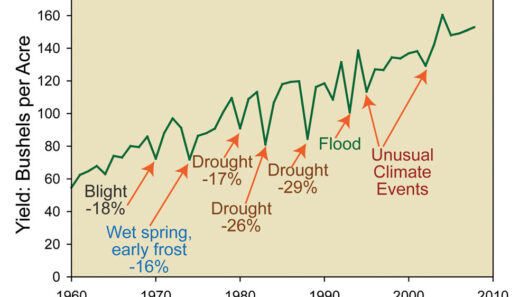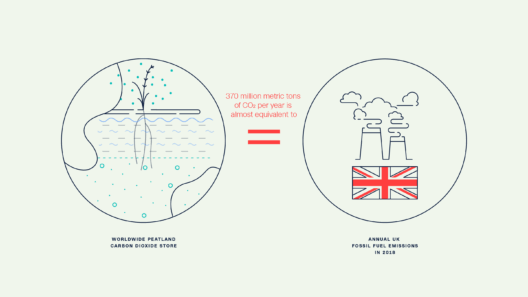Green Energy Blue Planet: How Clean Systems Fight Global Warming
In the context of an ever-changing climate, the exploration of clean energy systems emerges as both an imperative and an opportunity. As the world grapples with the escalating ramifications of global warming, a paradigm shift towards sustainable energy sources prompts an intriguing inquiry: how can these systems realign our environmental trajectory? This synthesis delves into the multifaceted role of renewable energy in mitigating climate change effects while fostering economic resilience and generating a profound cultural transformation.
Climate change, primarily driven by anthropogenic carbon emissions, poses unprecedented challenges. The accumulation of greenhouse gases, particularly CO2, traps heat in the atmosphere, leading to dramatic shifts in weather patterns, rising sea levels, and detrimental impacts on biodiversity. To counteract this trajectory, a robust transition to green energy systems—solar, wind, hydroelectric, and geothermal—stands as a beacon of hope. Harnessing these resources not only paves the way for a sustainable future but also encapsulates a vision for a cleaner, healthier planet.
The crux of the argument lies in understanding the mechanics of renewable energy systems. Solar energy, for instance, is a quintessential example. By capturing the sun’s radiation, we can generate electricity through photovoltaic cells or thermal systems. Remarkably, the sun provides more energy in one hour than humanity uses in an entire year. The pervasive adoption of solar panels transforms rooftops into power-generating assets, creating opportunities for energy independence. This renewable powerhouse reduces reliance on fossil fuels, thereby curtailing greenhouse gas emissions significantly.
Wind energy, another hallmark of the green energy revolution, utilizes the kinetic power of air to generate electricity. Wind turbines, strategically positioned in areas with robust airflow, convert wind energy into electric power. The scalability of wind farms ranges from local installations to vast offshore projects, contributing to substantial energy output. Captivatingly, the reduction of air pollutants from transitioning to wind energy not only mitigates climate change but also safeguards public health by improving air quality.
Hydroelectric power complements these endeavors, capturing the energy of flowing water. Dams and rivers harness gravitational force to spin turbines, propelling generators that produce substantial electricity. While concerns around ecological impacts exist, innovations in micro-hydropower systems present alternatives that promote energy generation with minimal environmental disruptions. This dynamic capacity underscores the vitality of water as a renewable resource, integral to both energy provision and climate mitigation.
Geothermal energy, though often overlooked, taps into the Earth’s internal heat. By accessing geothermal reservoirs, power plants can generate electricity and provide direct heating without the carbon emissions associated with traditional energy sources. This method exemplifies the diversity of renewable energy options, showcasing the potential for localized energy solutions that cater to specific regional needs while minimizing ecological footprints.
The transition to clean energy systems is not merely a technical challenge but requires a revolutionary shift in cultural perspectives towards sustainability. Communities must embrace the ethos of energy conservation, recognizing that mindful consumption coupled with renewable energy adoption lays the groundwork for resilience against climate change. Educational initiatives play a pivotal role in fostering awareness of the importance of clean energy, elucidating its benefits, and encouraging active participation in sustainable practices.
Moreover, advancing technology is essential for optimizing these renewable energy systems. Innovations such as energy storage solutions and smart grid technology enhance efficiency and reliability. Energy storage systems, particularly batteries, allow excess energy to be stored for later use, mitigating intermittency challenges commonly associated with solar and wind power. Smart grids facilitate better management of energy distribution, integrating various renewable sources seamlessly and enabling consumers to engage in energy trade, thus promoting a decentralized energy economy.
Investment in green energy infrastructure also boasts significant economic advantages. As the world shifts towards sustainable practices, job creation in the renewable energy sector surges. From manufacturing solar panels to installing wind turbines, new employment opportunities flourish, fostering economic diversification and growth. Additionally, the long-term cost savings associated with renewable energy—such as reduced energy bills and diminished health care costs from improved air quality—fortify the argument for an accelerated transition.
The notion of a Green Energy Blue Planet resonates not only with environmental goals but also with the fundamental drive for equity and social justice. Vulnerable communities are often disproportionately affected by climate change and environmental degradation. Transitioning to clean energy systems empowers these populations by promoting access to affordable energy, supporting local economies, and enhancing resilience against climate impacts. Policies that prioritize renewable energy access for marginalized groups are crucial in redefining societal norms around energy consumption and environmental stewardship.
As the world collectively embraces the reality of climate change, the pivotal role of clean energy systems becomes increasingly apparent. Investing in sustainable infrastructure and reshaping community attitudes toward energy is not merely a choice; it is a necessity. By fostering a culture of environmental consciousness, implementing innovative technologies, and prioritizing equitable energy access, we can collectively combat global warming and forge a path toward a more sustainable and thriving planet.
In conclusion, the synergistic potential of renewable energy to fight global warming is vast and unyielding. The shift towards clean energy systems encapsulates an opportunity for humanity to redefine its relationship with the planet. By harnessing natural resources, cultivating cultural awareness, and leveraging technological advancements, we possess the power to not only mitigate climate change but to prolong and enrich the vitality of our shared Earth. It is imperative to pivot, to harness the promise of a green energy future and ensure a blue planet for generations to come.







